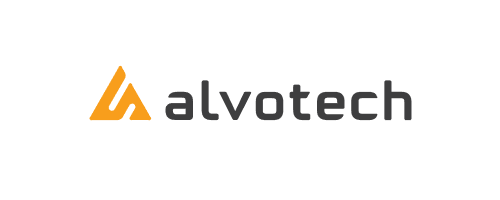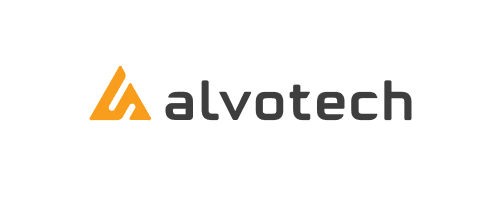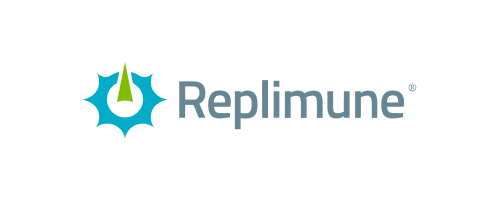European biotech company Alvotech is driving TMF compliance and efficiencies across its growing portfolio. With Veeva eTMF, it implemented an industry-recognized solution, reduced manual activities, and improved compliance.
The company’s clinical team now manages sponsor documents in its Veeva eTMF while its CRO partners work in their own eTMF systems and transfer documents to Alvotech at the end of each study.
Managing increasing complexity of clinical trials
Over the past 10 years, clinical trials have become more complex and increasingly challenging to run. Although some small- and medium-sized companies still manage clinical trial master files (TMFs) manually and on paper, they’re typically working within narrow parameters — running a limited number of trials or relying on one contract research organization (CRO) to manage TMFs.
As companies grow, pipelines diversify, and external business conditions change, the limitations of manual paper-based tracking become increasingly clear. This is especially true when unexpected events occur such as COVID-19 lockdowns, as well as during virtual inspections and when regulations are enacted such as the European Union Clinical Trials Regulation (EU CTR).
Although smaller biotechs might be concerned about the cost and time required to implement and manage an eTMF system, the right solution and operating model make it feasible.
As Alvotech’s study and site volume increased, clinical leaders needed to maintain compliance for sponsor documents and position the company for growth. They ultimately implemented a standard Veeva eTMF configuration that enabled rapid deployment.
“We know that a sponsor must have a TMF,” said Alvotech’s head of clinical operations, Ruth Ruffieux. “It is absolutely appropriate to delegate most of the management to CROs, but there will generally be a set of documents that need to be managed by the sponsor. You need to show auditors where all the documents are held — by both sponsor and CRO.
“We feel this approach is a great way to meet both parties’ needs and a good starting model for a growing company.”
Selecting and implementing Veeva eTMF
Alvotech needed an electronic system to track document versions, file documents correctly, and report on completion status — as well as to maintain study archives for its growing portfolio. As Alvotech moves into new therapeutic areas and works with more contract partners in the future, it needs more flexible and effective solutions.
Alvotech was already using Veeva RIM and Quality suites, and its managers knew they could leverage connections to streamline cross-functional business processes and submissions. They also knew that Veeva eTMF is a validated and industry-recognized solution for managing documents in real-time as the TMF is generated. They were confident that it would ensure a constant state of inspection readiness.
With a core team of five employees, Alvotech rolled out Vault eTMF in six weeks.
“The six-week timeline seemed challenging, but we were able to accomplish it in close collaboration with our Veeva colleagues,” Ruffieux said. “The quick implementation enabled us to prepare for any potential health authority inspections. We know that the first place they will go is the eTMF.”
Deployment Learnings for TMF Leaders
Alvotech’s expedited Veeva eTMF deployment went from concept to go-live in just six weeks. To make this work, clinical leaders recruited a core cross-functional team of technically skilled and enthusiastic employees with diverse roles, and dedicated them to defining the rollout strategy. The project’s success rested on three main principles:
- Hands-on, real-world training: All users were trained in a clone of their production environment so that they could upload files, search for data, and work directly in the system using real data. Alvotech avoided using static slides with densely packed bullet points and theoretical screenshots. By the time Vault eTMF launched, users were already familiar with and able to perform their tasks.
- Dedicated support: eTMF managers were available to respond quickly to questions and screen share to troubleshoot issues, easing the transition period for users.
- Step-by-step documentation: Alvotech is now building a comprehensive reference guide to share best practices for managing protocols, using templates, and entering metadata, among other processes, for long-term success
Ensuring inspection readiness and driving efficiencies in clinical trials
Inspections require that sponsors pay particularly close attention to metadata details, to address questions such as:
- When was this document finalized?
- Who worked on it?
- Who approved it?
- What was changed between versions?
In the past, users had to be physically present in the office to access and update paper files, and the company was unable to run reports or capture information about how documents were generated, information that inspectors required. Alvotech can now run reports, quickly identify missing documents, and compare the number of non-final to final documents to verify that documents are approved and signed in a timely manner. This transparency eliminates the need for forensic searches at the end of a trial, and enables the team to adhere to SOPs more easily. With the new application, the clinical team can also grant inspectors direct access, a regulatory expectation, more easily.
Vault eTMF also enables automation that drives efficiencies in the company’s TMF operations. Users can generate documents from templates within the system, instead of having to create them externally and upload them manually. This capability reduces the risk of users saving documents on laptops or shared drives and failing to file finalized documents properly in the eTMF.
“We reduced manual activity tracking and document uploads,” Ruffieux said. “We avoid people working offline and moving to their next activity. Now, they work in the eTMF system.”
For key documents such as the protocol, informed consent, and study plans, this approach establishes a strong audit trail and makes them easy to find.
Improving CRO collaboration and oversight
The company’s new operating model allows CROs to continue working in their own systems with their established processes, while equipping Alvotech with a mechanism to manage sponsor documents and study archival effectively. The company can now manage key documents, including:
- Risk-management plans
- Oversight plans
- Internal SOPs that govern use of its eTMF system — including when documents need to be made available, how documents will be reviewed and approved, and how CRO oversight will be conducted.
Ruffieux noted: “Whether we work with a CRO that uses Vault eTMF or a non-Veeva system, we have mechanisms to transfer their TMFs to us in-house so we have the complete TMF on the sponsor side.” This includes TMF Transfer, a feature that eliminates manual end-of-study migrations.
Streamlining TMF management
As Alvotech expands from a small to a medium-sized biotech, the company is seeing direct benefits from using Vault eTMF. In addition to enabling a rapid six-week rollout, the new application has relieved users of tedious document uploads, reduced manual data tracking, and improved collaboration with study partners.
Alvotech is now better equipped to grow and respond to new regulations, confident that its clinical team is driving TMF quality and completeness.
Learn how Veeva eTMF can support your growth and compliance.
More Customer Stories
Watch Video
Watch Video
Watch Video




